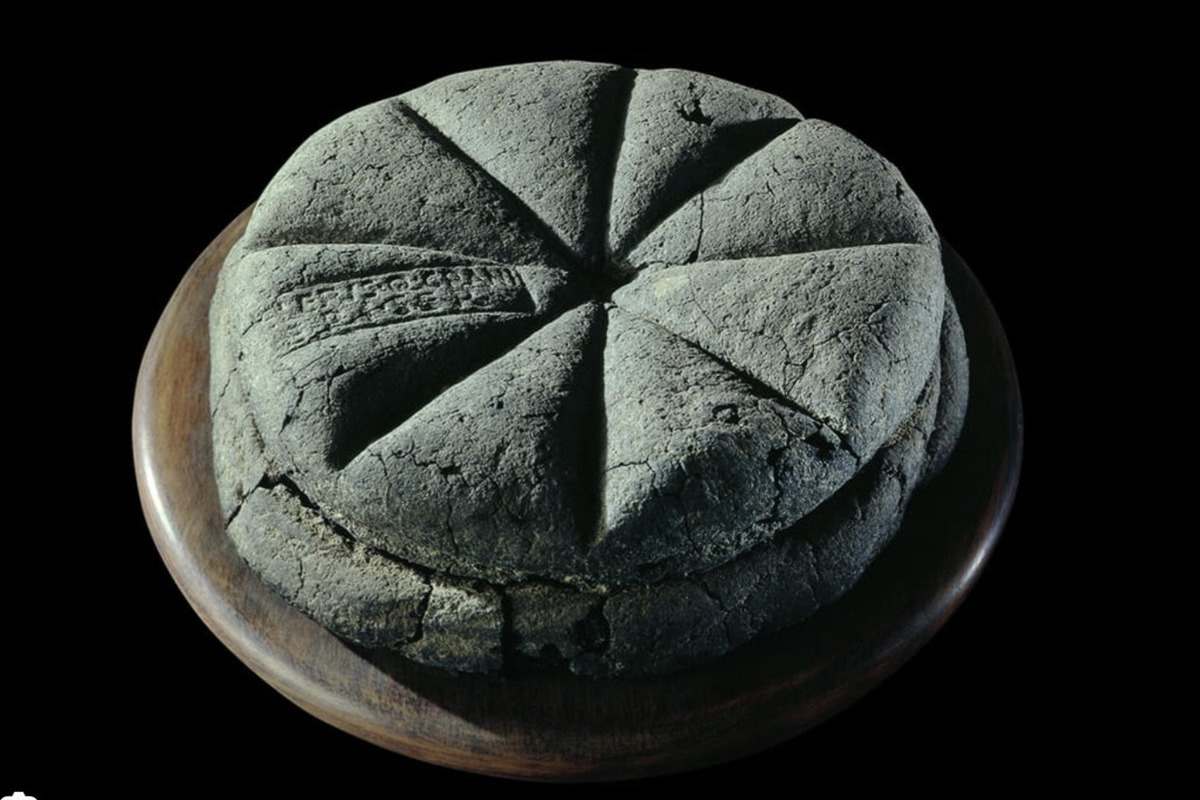World’s oldest bread discovered: 8,600 years old
[ad_1]

Archaeologists called the find unique
Archaeologists in Turkey say they have discovered the world’s oldest known bread, dating back to 6600 BC. In other words, its age is almost nine thousand years.
According to the Science and Technology Research and Application Center (BITAM) of the Turkish Necmettin Erbakan University (Turkey), in an area called “Mekan 66”, which is adjacent to mud brick houses, at the archaeological site of Catalhöyük in the southern Turkish province of Konya, a significant amount of degree of destruction of the furnace structure.
According to CNN, around this oven, archaeologists found seeds of wheat, barley, peas and round “spongy” remains the size of a palm, according to a press release published recently.
Tests determined that the organic residue was raw, fermented bread that was 8,600 years old.
“We can say that this discovery at Catalhöyük is the oldest bread in the world,” archaeologist Ali Umut Türkkan, head of the excavation delegation and an associate professor at Anadolu University in Turkey, told Turkish state news agency Anadolu on Wednesday.
“It’s a smaller version of a loaf of bread. It was pressed in the center with a finger, it was not baked, but was fermented and preserved to this day with starch inside. To date, there is no similar example of something like this,” he added.
Scanning electron microscope images showed the presence of air spaces in the sample, and the presence of starch grains “resolved our suspicions,” biologist Salih Kavak, a professor at Gaziantep University in Turkey, said in a press release.
The scientists added that tests revealed chemicals found in the plants and signs of fermentation. Flour and water were mixed and the bread was cooked next to the oven and stored for a while.
“This is an exciting discovery for Turkey and the world,” Kavak said.
According to Turkchan, the organic matter – both wood and bread – was preserved by the thin clay that covered the structure.
Çatalhöyük, a UNESCO World Heritage Site, was home to about 8,000 people during the Neolithic period, from about 10,000 to 2000 BC, and is one of the world’s first sites of urbanization, according to BITAM.
Research at the well-preserved site has revealed distinctive dwelling plans and extensive features such as wall paintings and reliefs, leading it to be considered “the most significant human settlement documenting the early sedentary agricultural life of a Neolithic community,” according to the UNESCO website.
“Catalhöyük was already the center of many pioneers. The world’s first weaving products were already in Çatalhöyük when it was excavated. Wooden artifacts were also found at Çatalhöyük. To this were added wall paints and paintings. Konya and Turkey are very lucky in this sense,” said Turkkan.
[ad_2]
Source link








